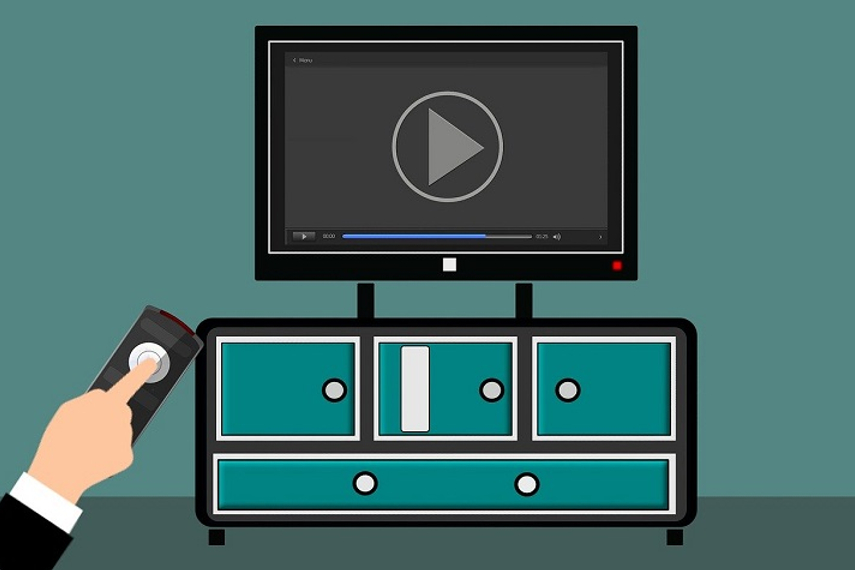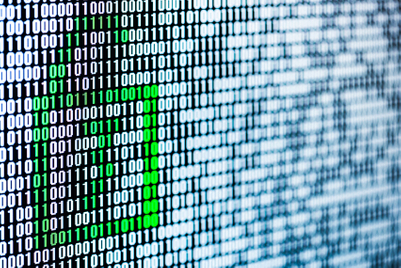
Advertising fraud declined globally over the past year, according to verification company DoubleVerify, but one device is bucking the trend.
DoubleVerify analysed billions of video and display impressions from May 2019 to April 2020, across desktop and mobile web, mobile app and CTV (connected TV), to track progress on fraud, brand safety and viewability. The report includes data on more than 2,000 brands across 80 countries across Asia Pacific (APAC), Europe/Middle East/Africa (EMEA), Latin America (LATAM) and North America.
It found the volume of fraudulent impressions across all devices as measured by DoubleVerify declined by 35% year-on-year, from 3.1% in 2019 to 2% in 2020. This decrease is likely due to greater uptake of programmatic pre-bid avoidance, which prevents fraudulent impressions from being transacted in the first place, the firm said.
Globally, desktop, mobile app and mobile web fraud all declined—from 4.8% to 2.9%, 2.8% to 1.9% and 1.1% to 1% respectively.

The decline in desktop fraud was led by LATAM and North America, while all regions saw a significant decline in the mobile app fraud. APAC and EMEA saw a significant uptick in desktop fraud.

But it's a very different picture for connected TV. Fraudulent CTV traffic rates increased by 161% in Q1 2020 compared with the same period the previous year. While bot fraud accounted for 26% of fraud violations overall, it was responsible for a significant 78% of fraud violations on CTV. What's more, since March 2019 DoubleVerify has identified 1,300 fraudulent CTV apps—and 60% of those were identified in 2020.
CTV remains an emerging channel, so measurement technologies are not widely adopted and demand outstrips supply, which goes some way in explaining the rise in fraud, DoubleVerify said. It is also the fastest-growing digital media channel for both audiences and advertisers, as and we know from previous features exploring ad fraud, fraudsters always follow the money.
"Fraud follows ad spend—especially within emerging channels like CTV where measurement technologies are not widely adopted and demand outstrips supply," said Mark Zagorski, the chief executive of DoubleVerify. "It’s interesting to note that bot traffic, the most basic type of fraud, is back in this high-growth environment—which means it’s manageable. We expect CTV will continue to be a strategic area of focus and innovation for the company."
Brand safety
Brands are becoming "more sophisticated and nuanced" in how they execute their suitability policies, according to DoubleVerify chief marketing officer Dan Slivjanovski, which is reflected in an increase is brand safety violations and block rates.
Brand safety violations, referred to by DoubleVerify as 'brand suitability rate', increased 14% year-on-year to 7.6% globally. The brand suitability rate, which describes all brand suitability violations—including both impressions that were blocked, and those that were measured and found to be outside of a brand’s suitability parameters. While the incident rate increased across all devices year-on-year, the increase was most notable on mobile app (+32%)—but increases were also seen on mobile web (+19%) and desktop (+17%). The brand suitability block rate, which describes instances in which advertisers elected to block their ads from serving, also increased for mobile app (+7%), but declined for mobile web (-5%) and desktop (-4%)—resulting in an overall decline of 3% year-on-year.
Brand suitability incident and block rates increased dramatically in APAC and LATAM, where brand safety is still an emerging concept and solutions are just beginning to be adopted and refined. The APAC region reported a higher overall brand suitability rate than most other regions, up 66% in the year to 11.4%, compared to growth rates of 24% in EMEA and 11% in North America. DoubleVerify said it anticipates these rates to decline over time as adoption of pre- and post-bid brand suitability strategies grows.

Jordan Khoo, MD of APAC at DoubleVerify, said the report shows that while brands in APAC are just setting out on the path of establishing the right parameters for brand suitability and targeting, they are aware they can secure better control over their digital advertising.
"The focus for the next year will be to ensure that ad impressions are properly authenticated and that media quality and brand suitability is top of mind for advertisers," he said.
Elsewhere, DoubleVerify found that events of 2020 has driven engagement with news content. Its analysis of ad performance across content verticals found that news content had the highest 'engagement index' (122), a measure of end user interaction with the device, content or ad. News outpaced sports (112), personal finance (111), technology and computing (86) and music (77), among others.


.jpg&h=334&w=500&q=100&v=20250320&c=1)
.jpg&h=334&w=500&q=100&v=20250320&c=1)


.jpg&h=334&w=500&q=100&v=20250320&c=1)


.jpg&h=334&w=500&q=100&v=20250320&c=1)
.jpg&h=334&w=500&q=100&v=20250320&c=1)


_3.jpg&h=268&w=401&q=100&v=20250320&c=1)


.jpg&h=268&w=401&q=100&v=20250320&c=1)
.jpg&h=268&w=401&q=100&v=20250320&c=1)


